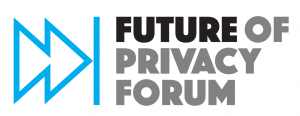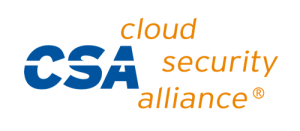The Case for Data-Driven Data Mapping

The best way to know your customer is to know their data. Every year organizations collect exponentially more personal information on their customers and clients but often lack even basic accounting for the information ingested, processed or disposed. For most organizations personal data underpins their relationship with their customers. Preserving the trust of those customers therefore requires the protection of their data. But you can’t protect what you can’t locate; making the mapping of data residency and flow vital to preserving the security and privacy of customers.
Fuzzy Accounting
A business’s value is built on the assets it acquires and develops. Most companies have invested millions in sophisticated tools to inventory and track their assets whether factory equipment, computers, software or intellectual property. However when it comes to the assets that are foundational to their customer relationships ie their customer data, they lack any data driven accounting. Inventories and data flow maps today are little more than estimates based on imperfect surveys and imprecise collations. But as any auditor can attest, accountings based on guesses would not give confidence to any investor, regulator or customer.
Follow The Data
With proliferating privacy regulations and increased targeting of identity data by cyber hackers, the need to protect identity data has never been greater. But despite the innovations in Big Data, Data Science and Machine Learning the problem of finding and following personal data is stuck in the last century. New technology however creates the opening to shift from top-down, point-in-time guesstimates of identity data location and movement to bottom-up, data-driven, dynamic, personal data asset discovery, inventorying and mapping. We have already seen this shift in other parts of the technology stack including Application Performance Management, Network Monitoring and Document Management / Security where the days of relying on top-down Vizio drawings or similar have long ago receded into history. History would suggest similar will soon happen for identity data.
The Big Idea of BigID
BigID provides organizations software driven automation for finding and following personal data across the modern extended enterprise. The software can identify, locate, inventory, track, and govern sensitive identity data to ensure protection and privacy through the data lifecycle. Unlike other fields of security where network, endpoint, application and file protection are predicated on precise knowledge of the object being protected, when it comes to identity data organizations today resign themselves to no knowledge, leading to data maps that could easily have been reproduced by 15th century cartographers.
BigID believes that knowing — and protecting — your customer is impossible without first knowing — and protecting — their data; and this will forever remain elusive unless corporations shift to factual, data-driven data mapping. No organization would ever settle for financial accounting based on approximations and hunches, they therefore should not settle for approximations and hunches when it comes to protecting the personal identifiable information that underpins their business.











